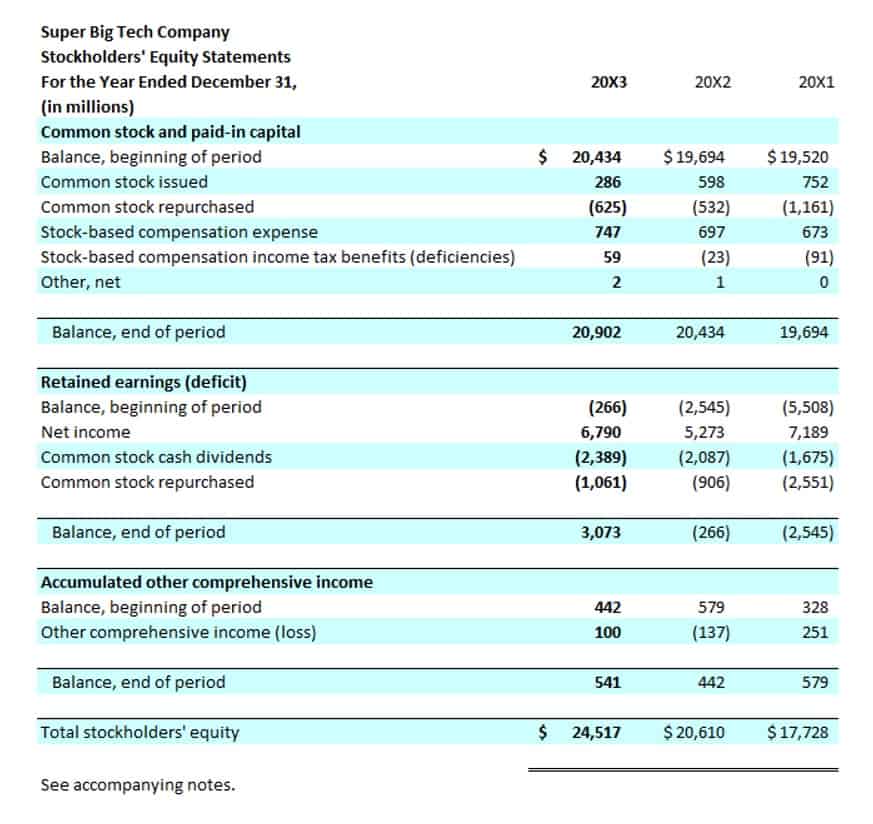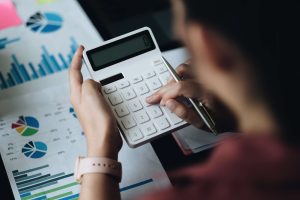
The number of shares how to find number of common shares outstanding can fluctuate over time depending on the funding needs and growth trajectory of the company. In a 1-for-2 reverse split, however, the number of shares is divided by two, while the share price doubles. Reverse stock splits often happen when a company needs to keep its share price above a certain level in order to remain in compliance with an exchange’s listing requirements. A company also often keeps a portion of its total outstanding shares of stock in its treasury from both initial stock issues and stock repurchase. Increasing treasury shares will always result in decreases and vice-versa.

What is the role of treasury shares in calculating outstanding shares?
- The outstanding number of shares may be either equal to or less than the number of authorized shares.
- Earnings per share is a measure of a company’s valuation, calculated by dividing its profit by the number of shares outstanding.
- Generally, you won’t need to calculate this number yourself and it will be listed for you on a company’s 10-Q or 10-K filing.
- Finally, outstanding shares are different than authorized shares, or the number of shares that a corporation is legally allowed to issue.
- The number of authorized shares per company is assessed at the company’s creation and can only be increased or decreased through a vote by the shareholders.
Outstanding shares represent a company’s shares that are held by investors, whether they’re individual, institutional, or insiders. Investors can find the total number of outstanding shares a company has on its balance sheet. Outstanding shares can also be used to calculate some key financial metrics, including a company’s market cap and its earnings per share. They are separate from treasury shares, which are held by the company itself. In addition to the stocks they issue to investors and executives, many companies offer stock options and warrants. These are instruments that give the holder a right to purchase more stock from the company’s treasury.

Premium Investing Services
- One method is for the investor to calculate a weighted average of the share price paid for the shares.
- Investors often track changes in outstanding shares as part of their broader analysis when making investment decisions.
- Every time one of these instruments is activated, the float and shares outstanding increase while the number of treasury stocks decreases.
- On the balance sheet, there is a line item description that states the number of shares outstanding.
- So far, we’ve focused on shares outstanding, whether basic or diluted, at a fixed point in time.
- In this way, the number of both issued and outstanding shares is reduced.
Understanding how to calculate outstanding shares for a public company would appear to be a simple matter. Authorized shares refer to the largest number of shares that a single corporation can issue. The number of authorized shares per company is assessed at the company’s creation and can only be increased or decreased through a vote by the shareholders. If at the time of incorporation the documents state that 100 shares are authorized, then only 100 shares can be issued.
How we make money
One way you can determine these moves is by watching out for the number of shares outstanding. As a real-world example, here is some information https://x.com/BooksTimeInc from Johnson & Johnson’s 2014 year-end balance sheet. The company has 4.32 billion authorized common shares, of which 3,119,843,000 have been issued as of December 31, 2014.

This “issued” stock can be less than the total authorized, but it can never be more. Below is the procedure for calculating common stock outstanding from a balance sheet. In the end, as the number of outstanding shares decreases by 1,000, the company’s EPS increases by 6.89%. Floating shares serve as a good representation of the company’s active shares or share turnover among various investors in the market, excluding parties https://www.bookstime.com/ holding substantial portions of equity. Conversely, the outstanding number of shares will decrease if the company buys back some of its issued shares through a share repurchase program. The weighted average number of outstanding shares in our example would be 150,000 shares.